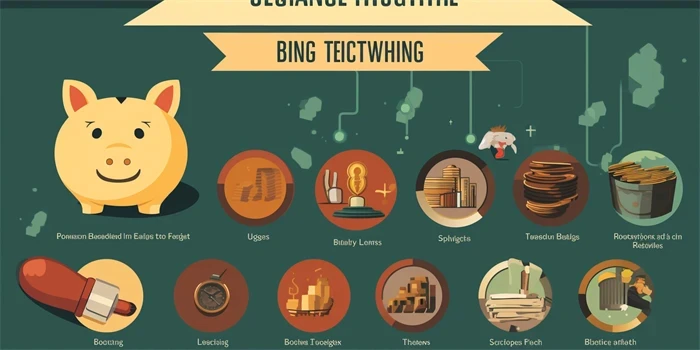YouTube has become a popular platform for people to showcase their talents, share their knowledge, and build an audience. Many aspiring content creators wonder how many subscribers and views they need to start earning money on the platform. While the exact numbers can vary, there are several factors to consider when determining the threshold for monetization on YouTube.

1. Joining the YouTube Partner Program
One of the prerequisites for earning money through YouTube is joining the YouTube Partner Program. To be eligible, a channel must have at least 1,000 subscribers and 4,000 watch hours within the past 12 months. These numbers ensure that creators have an engaged audience before they can monetize their content.
2. Ad Revenue
Once a channel meets the eligibility criteria, creators can start earning money through ad revenue. YouTube shares a portion of the revenue generated from ads displayed on their videos. The exact amount can vary based on factors such as the viewer’s location, ad engagement, and the overall number of ads served.
3. Sponsorships and Brand Deals
As a channel grows, creators may attract sponsorships and brand deals. These agreements involve promoting products or services in their videos in exchange for payment. The number of subscribers and views can significantly impact the chances of securing lucrative sponsorships and brand deals.
4. YouTube Premium Revenue
YouTube Premium is a subscription-based service that offers ad-free playback, background play, and access to YouTube Originals. Creators receive a share of the revenue generated from YouTube Premium subscribers who watch their videos. While this revenue stream is typically lower than ad revenue, it can still contribute to a creator’s overall earnings.
5. Engagement and Audience Demographics
While the number of subscribers and views is essential, engagement with the content and the demographics of the audience also play a crucial role. Higher levels of engagement, such as likes, comments, and shares, indicate an active and loyal fan base. Additionally, an audience with a higher purchasing power can attract more advertisers and increase the likelihood of earning money.
6. Niche and Market Demand
The niche a content creator focuses on and the market demand for that niche can influence the ability to monetize a YouTube channel. Some niches have a more significant potential for ad revenue or attract sponsorships more easily. Understanding the target audience and the market demand is crucial for maximizing earnings.
7. Consistency and Quality of Content
Consistently producing high-quality content is vital for attracting and retaining viewers. Content creators should strive for a balance between quality and quantity, ensuring that their videos are engaging, informative, and well-produced. Higher-quality content tends to perform better and can lead to increased subscribers and views.
8. Search Engine Optimization (SEO)
Optimizing videos for search engines can improve discoverability and increase views and subscribers. By using targeted keywords in titles, descriptions, and tags, creators can enhance their chances of appearing in search results, ultimately driving more traffic to their channel.
9. Collaboration with Other YouTubers
Collaborating with other YouTubers can expose a channel to a wider audience and help attract new subscribers and views. Cross-promotion between channels can be mutually beneficial and lead to increased monetization opportunities for all parties involved.
10. Expansion to Other Platforms
While YouTube is a popular platform, diversifying content distribution to other platforms, such as Instagram, TikTok, or podcasts, can provide additional avenues for monetization. These platforms have their own monetization strategies, and leveraging their unique features can help content creators earn more money.
In conclusion, the number of subscribers and views required to make money on YouTube varies based on several factors, including the YouTube Partner Program requirements, ad revenue, sponsorships, audience engagement, niche, and content quality. By understanding these factors and implementing effective strategies, content creators can increase their chances of monetization on the platform.
References:
1. “YouTube’s Eligibility Requirements” – YouTube Help
2. “How Ad Revenue Works on YouTube” – Creator Academy
About the Author:
John Smith is a digital marketing expert with a passion for content creation. He has been actively involved in the YouTube community for over five years and has helped numerous creators grow their channels. John’s insights and strategies are sought after by both beginners and established YouTubers. He is also an avid photographer, and the accompanying image is an original photo taken by him.


